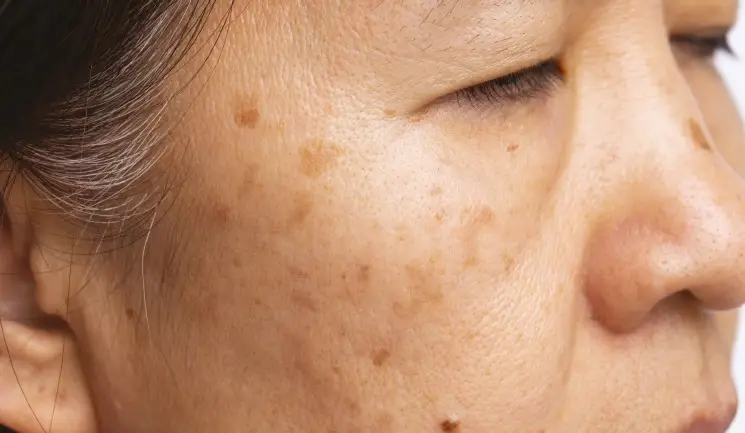Miss Jennifer Doyle outlines the use of broadband light therapy for improving the appearance of solar lentigines
To access this post, you must purchase Aesthetics Journal Membership – Annual Elite Membership, Aesthetics Journal Membership – Annual Enhanced Membership or Aesthetics Journal Membership – Basic Membership.






